-
 bitcoin
bitcoin $111375.742210 USD
-8.60% -
 ethereum
ethereum $3780.311592 USD
-13.98% -
 tether
tether $1.001299 USD
0.07% -
 bnb
bnb $1093.375857 USD
-13.01% -
 xrp
xrp $2.339375 USD
-16.91% -
 solana
solana $185.029017 USD
-16.69% -
 usd-coin
usd-coin $1.000230 USD
0.04% -
 tron
tron $0.319531 USD
-5.16% -
 dogecoin
dogecoin $0.190791 USD
-23.59% -
 cardano
cardano $0.638663 USD
-21.82% -
 ethena-usde
ethena-usde $0.998483 USD
-0.20% -
 hyperliquid
hyperliquid $37.741486 USD
-14.68% -
 chainlink
chainlink $17.229851 USD
-22.17% -
 stellar
stellar $0.316546 USD
-16.74% -
 bitcoin-cash
bitcoin-cash $507.861193 USD
-13.18%
blockchain with smart contract functionality
The OKX Chain platform, with its PoS consensus mechanism and OKB native token, offers high transaction speeds and low fees within the OKX ecosystem.
Oct 28, 2024 at 07:37 am
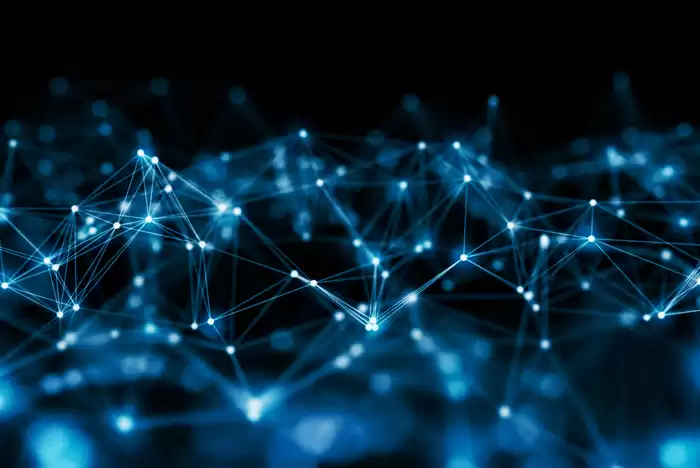
- Network: Proof-of-Stake (PoS)
- Native Token: OKB
- Smart Contract Language: Solidity
- Pros: High transaction speed (6-12 seconds), low transaction fees, native integration with OKX ecosystem.
- Cons: Limited developer community compared to other platforms.
- Network: Proof-of-Work (PoW), transitioning to Proof-of-Stake (PoS)
- Native Token: Ether (ETH)
- Smart Contract Language: Solidity, Vyper, Yul
- Pros: Mature ecosystem, strong developer community, wide range of dApps and decentralized finance (DeFi) services.
- Cons: High transaction fees, especially during peak periods, scalability concerns with growing usage.
- Network: Proof-of-Stake (PoSA)
- Native Token: Binance Coin (BNB)
- Smart Contract Language: Solidity
- Pros: Lower transaction fees than Ethereum, fast transaction speed, compatibility with Ethereum Virtual Machine (EVM), integration with Binance ecosystem.
- Cons: Centralized network architecture, potential security concerns, limited ecosystem compared to Ethereum.
- Network: Layers 2 sidechain to Ethereum
- Native Token: MATIC
- Smart Contract Language: Solidity
- Pros: Extremely low transaction fees, high transaction speed, scalable and cost-efficient solution for Ethereum-based dApps.
- Cons: May not have the same security guarantees as Ethereum, limited compatibility with non-Ethereum ecosystems.
- Network: Delegated Proof-of-Stake (dPoS)
- Native Token: AVAX
- Smart Contract Language: Solidity, Solidity++, Vyper
- Pros: High scalability and throughput, low transaction fees, support for multiple virtual machines, including EVM.
- Cons: Relatively young network, fewer dApps and DeFi services compared to mature platforms.
- Network: Directed Acyclic Graph (DAG)
- Native Token: FTM
- Smart Contract Language: Solidity
- Pros: High transaction speed (under 1 second), low transaction fees, optimized for DeFi applications.
- Cons: Limited ecosystem and developer community, may not be suitable for complex smart contract applications.
- Network: Nightshade Sharding
- Native Token: NEAR
- Smart Contract Language: Rust
- Pros: Fast transaction speed (under 2 seconds), scalable and energy-efficient, user-friendly and programming language (Rust).
- Cons: Still under development, limited ecosystem and developer community compared to established platforms.
Disclaimer:info@kdj.com
The information provided is not trading advice. kdj.com does not assume any responsibility for any investments made based on the information provided in this article. Cryptocurrencies are highly volatile and it is highly recommended that you invest with caution after thorough research!
If you believe that the content used on this website infringes your copyright, please contact us immediately (info@kdj.com) and we will delete it promptly.
- Bittensor (TAO): Super Bullish Signals Point to Potential 2x Rally
- 2025-10-11 10:25:12
- Silver Price Correction: Navigating the Dip & Identifying Key SEO Keywords
- 2025-10-11 10:25:12
- MoonBull: The Crypto Meme Coin Promising 1000x Gains?
- 2025-10-11 10:30:01
- Crypto Payroll Revolution: Stablecoins, Altcoins, and the Future of Salary Payments
- 2025-10-11 10:30:01
- Decoding Crypto Trends: XRP's Bitcoin Dream, BlockDAG's Rise, and the PayFi Revolution
- 2025-10-11 10:30:01
- Amina Bank & Polygon: Institutional Staking with a Sweet 15% Yield
- 2025-10-11 10:30:15
Related knowledge
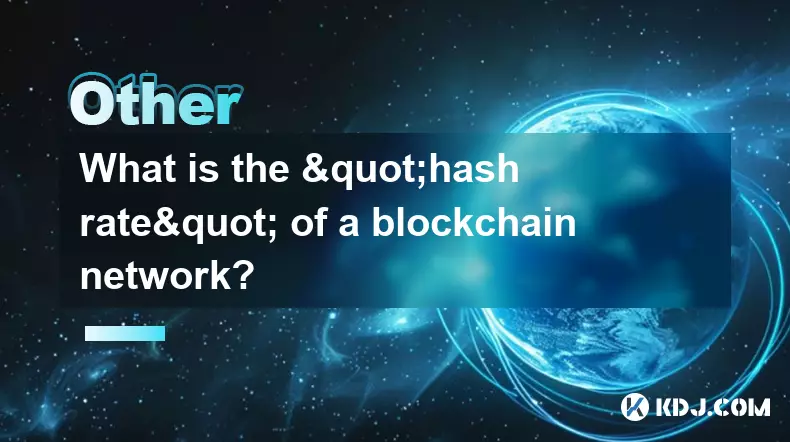
What is the "hash rate" of a blockchain network?
Oct 10,2025 at 03:55pm
Understanding Hash Rate in Blockchain Networks1. The hash rate refers to the total computational power being used to process transactions and mine new...
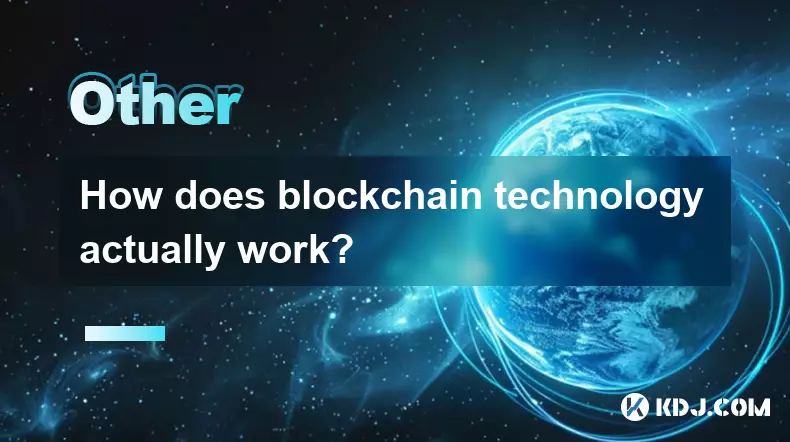
How does blockchain technology actually work?
Oct 11,2025 at 02:36pm
Understanding the Core Mechanism of Blockchain1. At its foundation, blockchain is a decentralized digital ledger that records transactions across mult...

What is a token economy?
Sep 20,2025 at 12:18am
Understanding the Foundations of a Token Economy1. A token economy in the context of cryptocurrency refers to a system where digital tokens are used a...
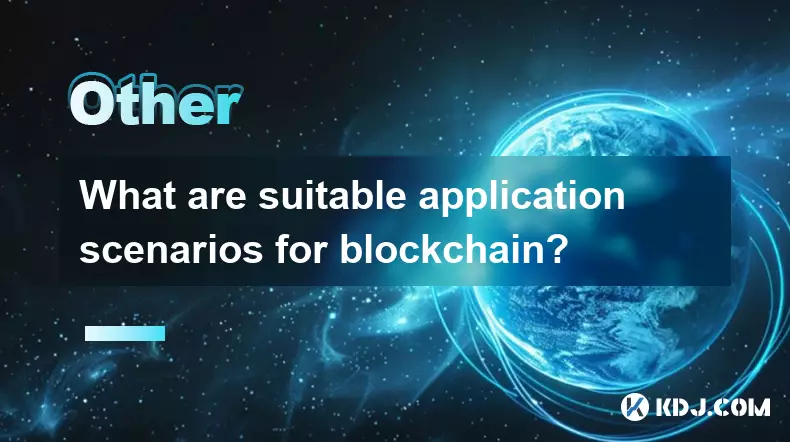
What are suitable application scenarios for blockchain?
Sep 20,2025 at 03:19am
Decentralized Finance (DeFi) Platforms1. Blockchain enables the creation of financial services without centralized intermediaries, allowing users to l...
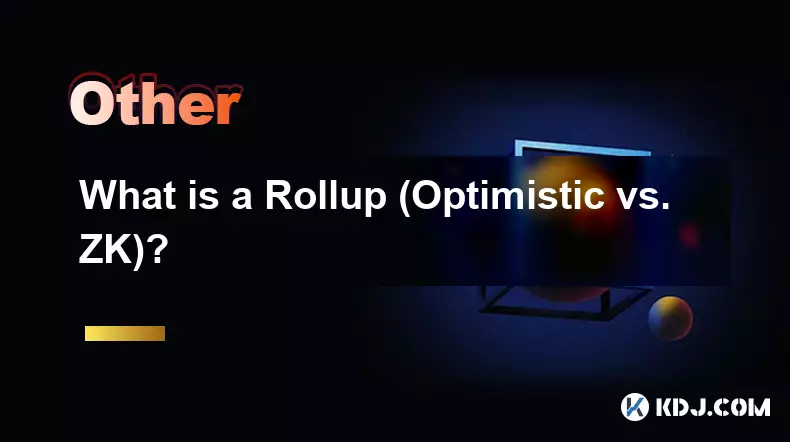
What is a Rollup (Optimistic vs. ZK)?
Sep 22,2025 at 03:00pm
Understanding Rollups in Blockchain Technology1. Rollups are layer-2 scaling solutions designed to increase transaction throughput on blockchains like...
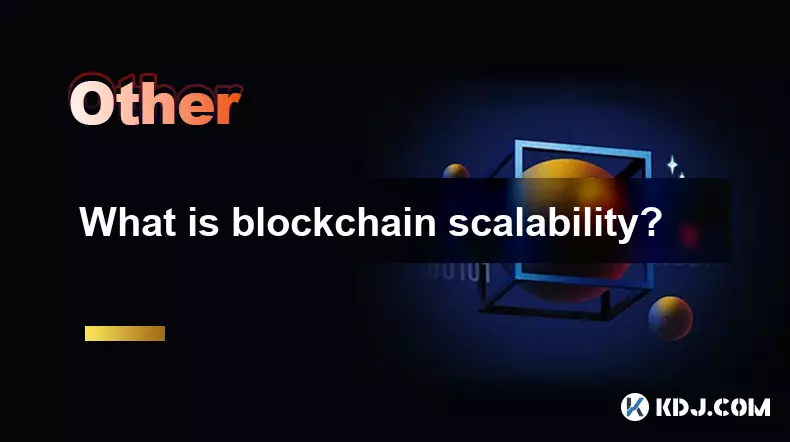
What is blockchain scalability?
Sep 19,2025 at 06:18am
Understanding Blockchain Scalability1. Blockchain scalability refers to a network's ability to handle an increasing number of transactions without com...

What is the "hash rate" of a blockchain network?
Oct 10,2025 at 03:55pm
Understanding Hash Rate in Blockchain Networks1. The hash rate refers to the total computational power being used to process transactions and mine new...

How does blockchain technology actually work?
Oct 11,2025 at 02:36pm
Understanding the Core Mechanism of Blockchain1. At its foundation, blockchain is a decentralized digital ledger that records transactions across mult...

What is a token economy?
Sep 20,2025 at 12:18am
Understanding the Foundations of a Token Economy1. A token economy in the context of cryptocurrency refers to a system where digital tokens are used a...

What are suitable application scenarios for blockchain?
Sep 20,2025 at 03:19am
Decentralized Finance (DeFi) Platforms1. Blockchain enables the creation of financial services without centralized intermediaries, allowing users to l...

What is a Rollup (Optimistic vs. ZK)?
Sep 22,2025 at 03:00pm
Understanding Rollups in Blockchain Technology1. Rollups are layer-2 scaling solutions designed to increase transaction throughput on blockchains like...

What is blockchain scalability?
Sep 19,2025 at 06:18am
Understanding Blockchain Scalability1. Blockchain scalability refers to a network's ability to handle an increasing number of transactions without com...
See all articles


















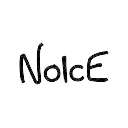

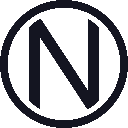
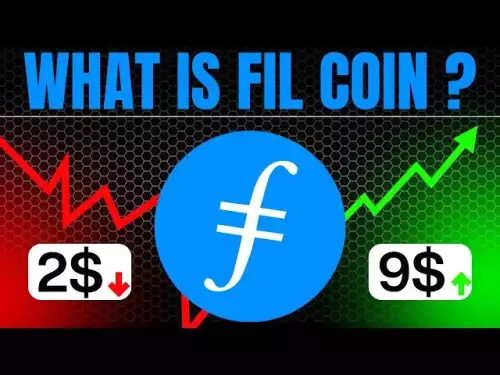



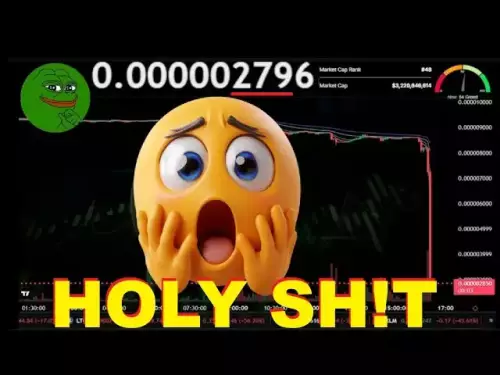
![Internet Computer Price Prediction [ICP Crypto Is A Hold?] Here’s Why Internet Computer Price Prediction [ICP Crypto Is A Hold?] Here’s Why](/uploads/2025/10/11/cryptocurrencies-news/videos/internet-computer-price-prediction-icp-crypto-hold/68e9ac40cf659_image_500_375.webp)















































